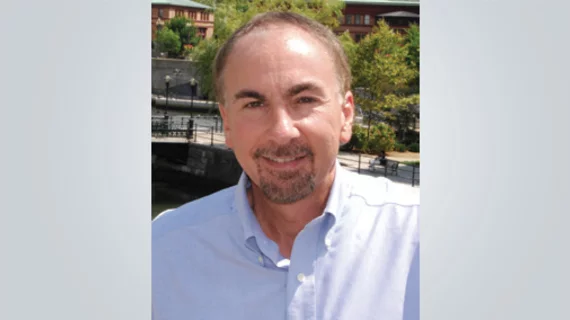AI entered the arena, clocked radiology—and the fight is still on
A funny thing happened on the way to the printer with this issue of RBJ. In an email exchange, a radiologist who’d spoken with one of our reporters let me know he had more to say on the combustible subject about which he’d been interviewed.
You may be able to guess the topic just by that tidbit. If not, the giveaway is in the money quote.
“My discussion with Roxanna [Guilford-Blake] got me thinking in more detail about just what the radiology community needs to do in order to most effectively deal with the many ramifications of the arrival of AI,” wrote the radiologist, Robert Schier, MD. “The community would be wise to name and face this issue head-on: Will AI replace radiologists?”
On second thought, that’s probably not the money quote. This is:
“I am convinced the answer is Yes—AI will eventually replace some and possibly most radiologists. Would Radiology Business Journal be interested in running an opinion piece written by me giving the affirmative position?”
Having read Dr. Schier’s intriguing essay covering similar ground for JACR in 2018 (“Artificial Intelligence and the Practice of Radiology: An Alternative View”), I didn’t need a lot of selling. I knew that, regardless of the details he’d draw on to flesh out his freshly refined thinking, RBJ readers would be well served by a chance to consider his updated views.
Especially since a guest column would pair nicely with the reported feature from which it sprang.
Was RBJ wise to accept the pitch and publish the piece?
You be the judge. Roxanna’s article begins here. Schier’s commentary follows here.
Funny thing about AI. Forecasting its future can take all the air out of any room the discussion enters. But there’s a lot else going on in radiology. Accordingly, there’s a lot else inside this issue.
Julie Ritzer Ross looks at aspects of rural radiology that are wide open for improvement. She also debriefs five registered radiologic technologists who worked their way up to positions of management and/or leadership.
Meanwhile Randy Young catches up with some of radiology’s leading experts on that other hot technology rocking the specialty, medical 3D printing.
And that’s just a taste.
Will the February/March RBJ inform, engage or otherwise serve you? I am convinced the answer is Yes.

